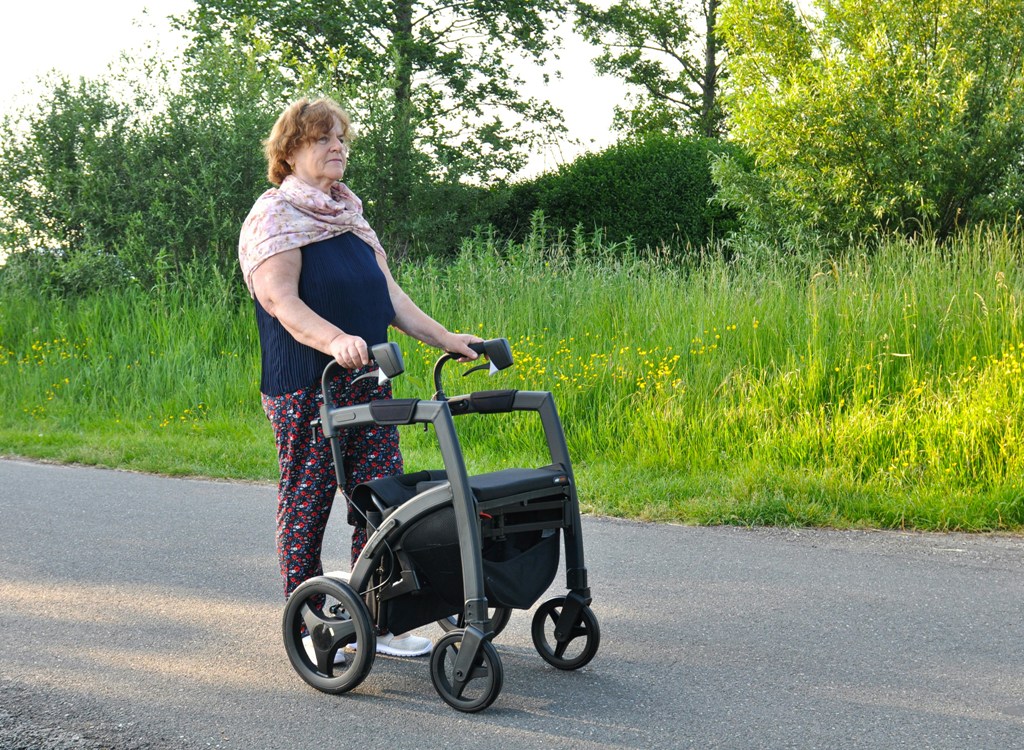Two recent clinical trials have shown that stem cell therapies may be a safe and effective way to treat Parkinson’s disease.

Published in the journal Nature, the studies used different types of stem cells to replace the brain cells that are lost in Parkinson’s disease.
This condition gradually destroys neurons that produce dopamine, a chemical that helps control movement. While current treatments like ʟ-dopa can help early on, they often become less effective over time and can cause side effects such as involuntary movements.
In the first study, scientists at Kyoto University in Japan worked with seven patients between the ages of 50 and 69. These patients received special brain cells made from human induced pluripotent stem cells.
These cells were carefully implanted into both sides of the brain. Over the 24-month study, there were no serious safety problems. The transplanted cells produced dopamine, and importantly, did not grow out of control or form tumors. Four of the six patients who completed the full trial showed improved motor symptoms without taking their usual medication, and five showed improvement while on their medication.
The second study took place in the United States at the Memorial Sloan Kettering Cancer Center. This team used cells made from human embryonic stem cells, a type called bemdaneprocel.
Twelve patients, with a median age of 67, had these cells surgically placed in a part of the brain called the putamen. Some received a low dose and others a higher dose. The therapy was well tolerated, with no serious side effects and no cases of dyskinesia. Patients in both dosage groups showed some improvement in movement abilities.
Although these trials had a small number of participants, they show that using stem cells from other people (called allogeneic transplantation) can be done safely in people with Parkinson’s.
While the results are promising, researchers say more studies with larger groups are needed to understand how effective these treatments really are. Still, these trials represent an important step forward in the search for better ways to treat Parkinson’s disease.


